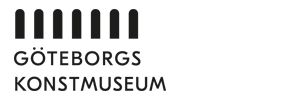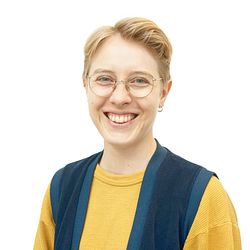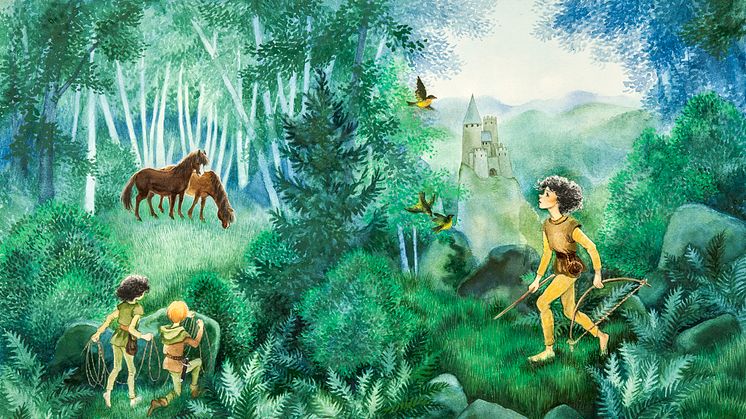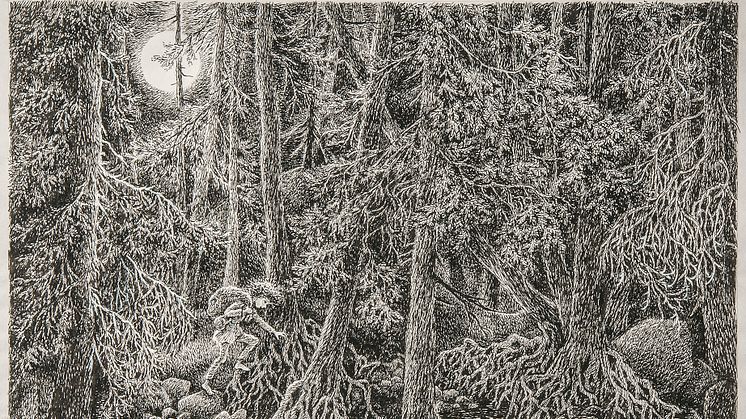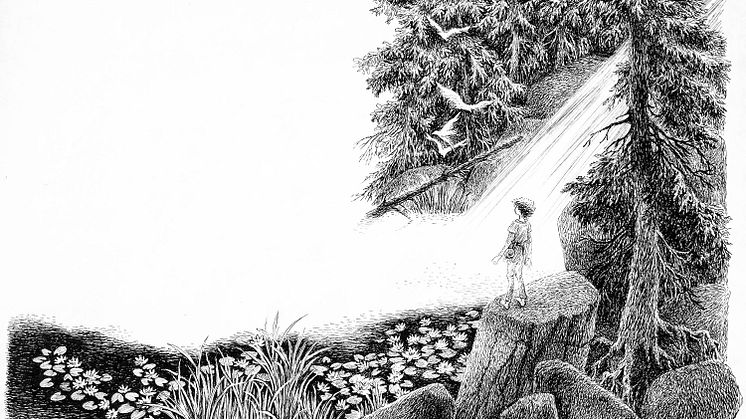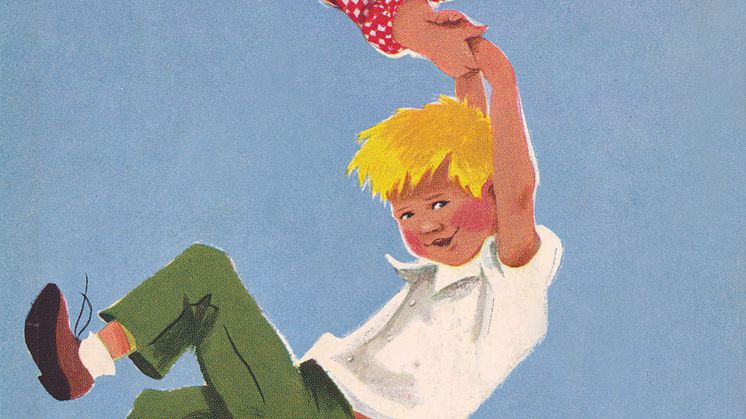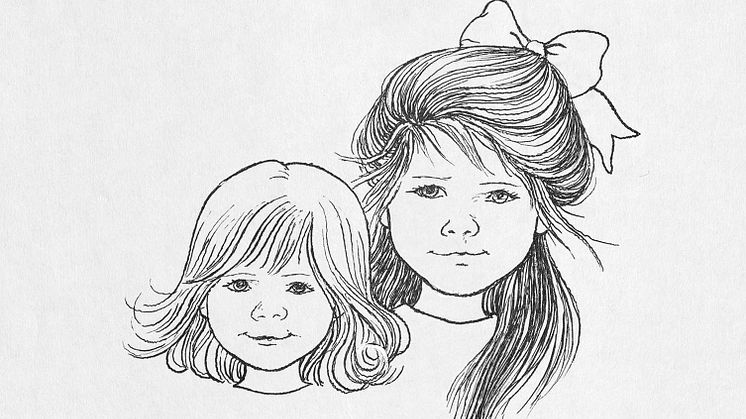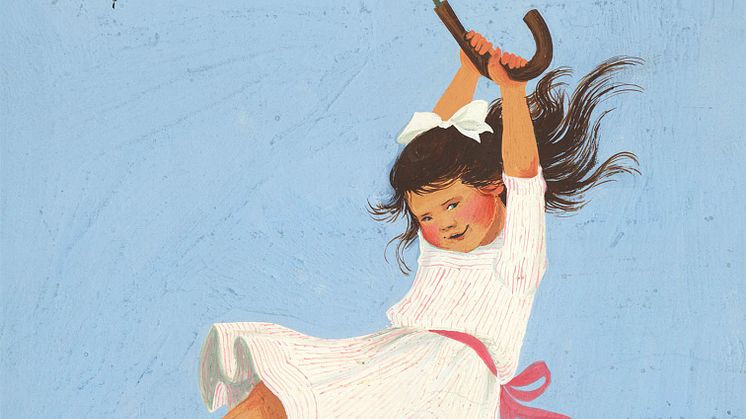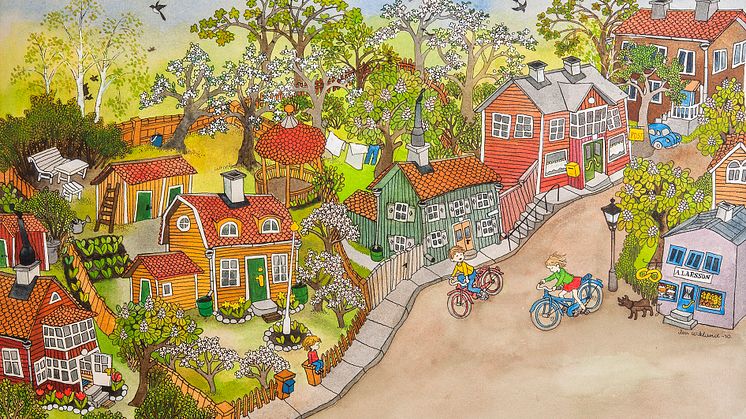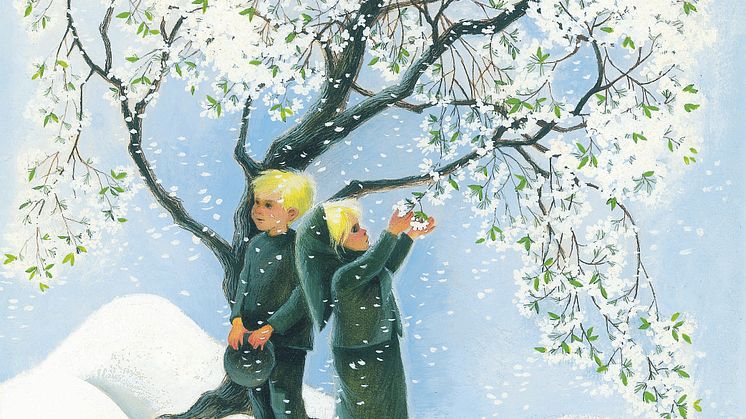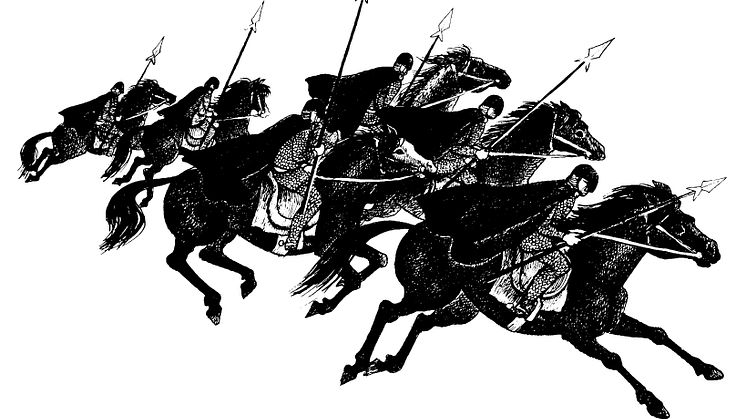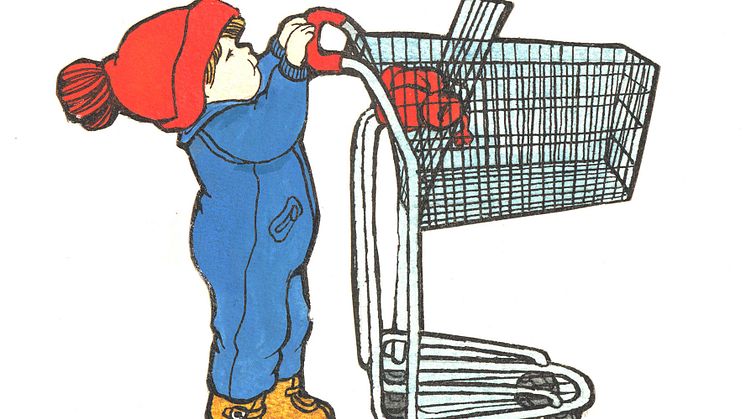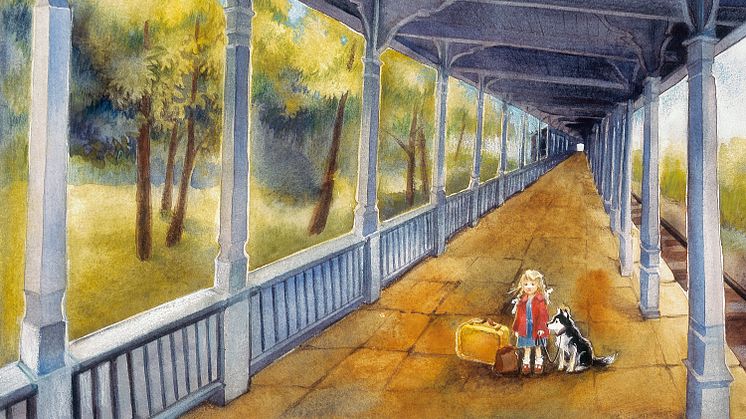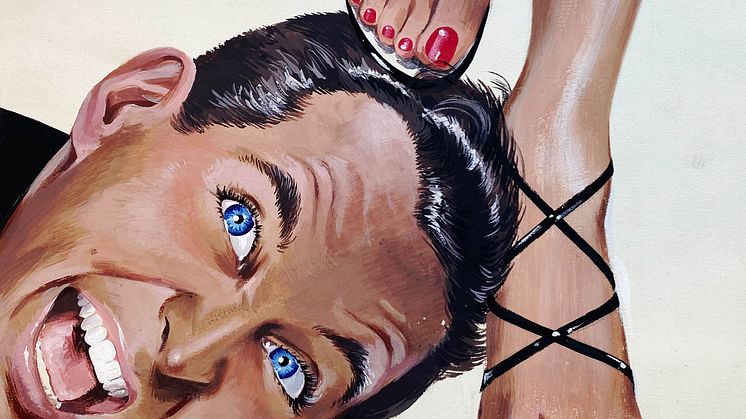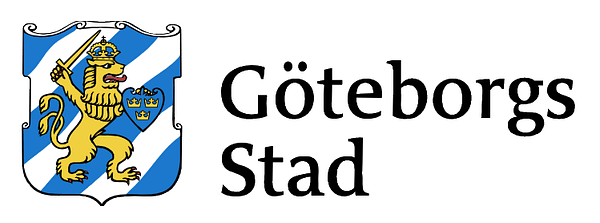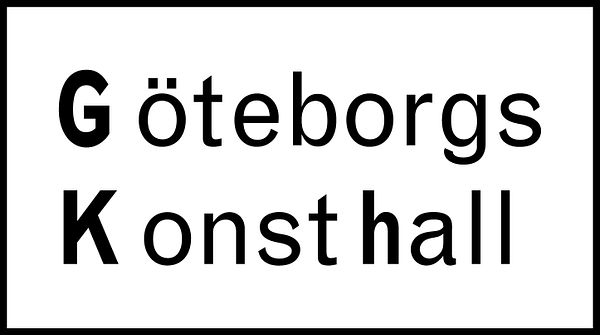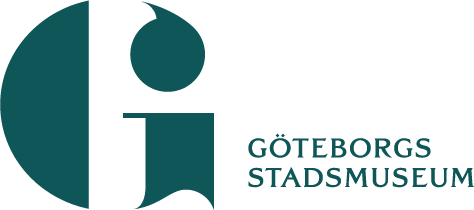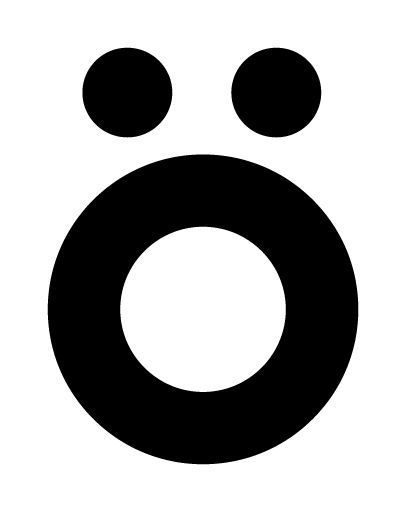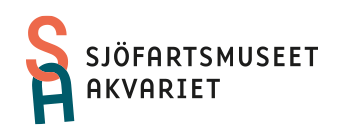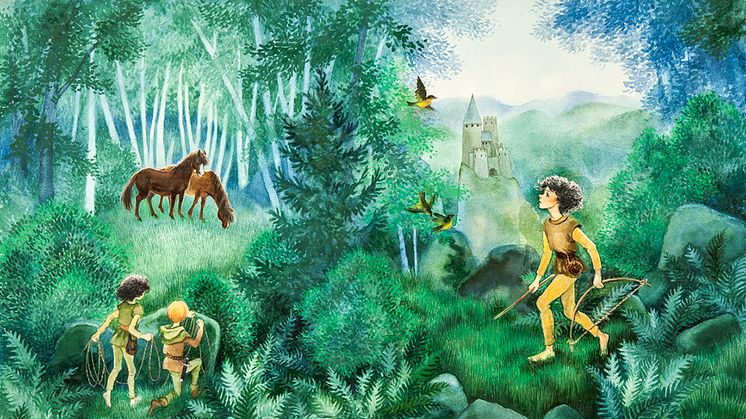
Pressmeddelande -
Experience adventure and everyday life in Ilon Wikland’s visual worlds
Ilon Wikland is one of Sweden’s most beloved illustrators of children’s books. Her illustrations for Ronja the Robber’s Daughter, The Brothers Lionheart, Mardie, and Karlsson on the Roof, as well as many picture books of her own, have made a deep impression on several generations of children and adults. The exhibition Ilon Wikland’s visual worlds. Fairytales, adventures and everyday life is the most comprehensive presentation of Wikland’s work in Sweden to date, featuring around 400 original works in a playful setting that encourages children to explore.
“Ilon Wikland played a central role in the field of illustration in postwar Sweden. This is the first time the public will be able to see all the different aspects of Wikland’s extensive artistic production and I think it contains something for every generation to identify with. It is also an opportunity to showcase some of the Gothenburg Museum of Art’s collection of children’s book illustrations. The collection is Sweden’s largest of its kind, with nearly 2600 images from 1850 until today including 147 works by Ilon Wikland. I hope the exhibition can help more people to discover Ilon Wikland’s visual worlds and children’s book illustrations as an art form in its own right,” says Patrik Steorn, Director of the Gothenburg Museum of Art.
Ilon Wikland was born in Estonia in 1930 and came to Sweden as a 14-year-old. She started on her path as an illustrator at an early age. The close collaboration with Astrid Lindgren began in 1954 and lasted for decades. Ilon Wikland has also illustrated for other authors such as Mary Norton, Barbro Lindgren and Kerstin Thorvall. Her most recent publication is Peter and the Wolf, which came out in 2014, based on Sergei Prokofiev’s classic work.
“We want the exhibition to be a place where young and old can come together in the joy of fairytales and the magic of images. The exhibition contains elements of recognition as well as surprises, showing Ilon Wikland’s iconic illustrations alongside less well-known aspects of her career as an artist,” says Freja Holmberg, the exhibition’s curator at the Gothenburg Museum of Art.
Motifs modelled on Hapsaalu and Tallinn
Ilon Wikland’s visual worlds contain magnificent castles and colourful wooden houses, deep forests and winding cobblestone roads. Some of the motifs stem from Wikland’s background in Estonia and are reminiscent of the environs of Hapsaalu and Tallinn where she grew up. Ilon Wikland has written the story of her childhood and her experiences as a refugee in her own words. In many ways, the events she lived through as a teenager call to mind our own troubled era. The exhibition at the Gothenburg Museum of Art marks that 80 years has passed since the great exodus from Estonia. The exhibition’s programme of educational and public activities takes up themes such as refugees and war from a child’s perspective.
A playful setting and activities for children and young people
The design of the exhibition invites visitors to explore Ilon Wikland’s visual worlds. The many works shown in the exhibition are accompanied by large-format murals and playful settings that highlight details and characters from her rich artistic production. During the exhibition’s run, the museum offers a generous programme of guided tours and lectures, and a broad selection of activities for children and young people. The Studio is open for those who wish to create their own works in the spirit of Ilon Wikland.
The exhibition is accompanied by a catalogue with a foreword by Patrik Steorn and texts by Freja Holmberg.
PRESS PREVIEW
Thursday 23 May, 11 am, on the Étage at the Gothenburg Museum of Art. Please give notice that you will participate before Tuesday 21 May to Malin Opperud, malin.opperud@kultur.goteborg.se
OPENING
The opening, including an inaugural speech, takes place on Saturday 25 May, 2 pm.
Ilon Wikland’s visual worlds. Fairytales, adventures and everyday life
The Gothenburg Museum of Art
25 May 2024–12 January 2025
Relaterade länkar
Ämnen
Kategorier
Regioner
Göteborgs konstmuseum har en av norra Europas främsta konstsamlingar. Denna sträcker sig från 1400-talet fram till idag med betydande verk inom både nordisk och internationell konst. Förutom samlingen erbjuder museet utställningar, familjeaktiviteter, föreläsningar, workshops och visningar. Museet har en välsorterad museibutik. Samlingen omfattar omkring 70 000 verk och museet har ca 250 000 besökare årligen. Göteborgs konstmuseum är en del av Göteborgs Stads kulturförvaltning. Samfinansierat av Västra Götalandsregionen.
